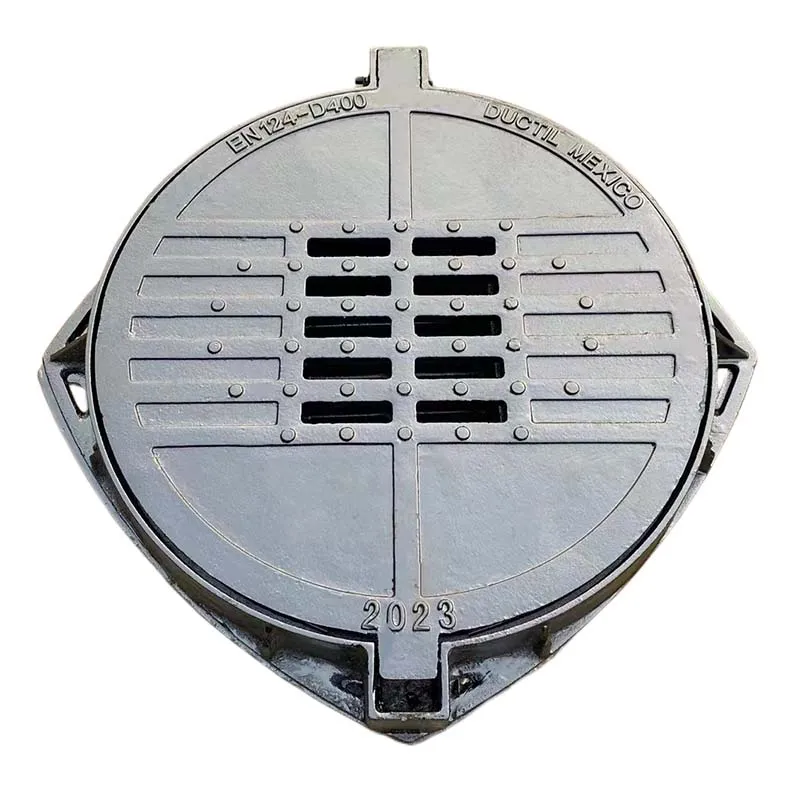Effective Hose Clamp Solutions for Quick and Easy Repairs
Hose Clamp Repair A Comprehensive Guide
When it comes to maintaining various systems that utilize hoses—be it in automotive applications, plumbing, or industrial machinery—hose clamps play a crucial role in ensuring a secure and leak-proof connection. However, over time, these clamps can wear out, become damaged, or fail. Understanding how to repair or replace hose clamps can save you time and money, and keep your systems running smoothly.
Understanding Hose Clamps
Hose clamps are designed to secure hoses to fittings, ensuring a tight seal that prevents leaks. They come in various types and materials, including worm gear clamps, spring clamps, and ear clamps. Each type serves a unique purpose and is suited for different situations. For instance, worm gear clamps are adjustable and suitable for different hose diameters, while spring clamps offer a strong grip for high-pressure applications.
Signs of Hose Clamp Failure
Recognizing when a hose clamp needs repair or replacement is critical. Common signs of failure include
1. Visible Damage Rust, cracks, or deformation in the clamp. 2. Leaks Water or fluid escaping from the hose connection indicates the clamp is not providing a proper seal. 3. Corrosion Metal clamps exposed to moisture may corrode, which weakens their hold. 4. Hose Slippage If the hose appears loose or is slipping from the clamp, it’s time for a check.
Repairing Hose Clamps
Depending on the type and extent of the damage, many hose clamps can be repaired. Here are some steps to consider
1. Inspect the Clamp Before deciding on repair, evaluate whether the clamp is salvageable. For minor rust or corrosion, cleaning might be sufficient.
2. Clean the Clamp Use a wire brush or sandpaper to remove rust and debris. For spring clamps, check that the spring mechanism isn’t compromised.
3. Adjust the Clamp If the clamp is a worm gear type, try tightening the screw to improve the grip. Be careful not to overtighten, as this can damage the hose.
hose clamp repair

4. Reposition the Hose Ensure that the hose is seated properly on the fitting before tightening the clamp again. Sometimes, simply reseating the hose can resolve leaks.
5. Use Sealants For minor leaks, applying a sealant can be a temporary fix. However, this should not replace the need for a thorough inspection and potential replacement.
Replacing Hose Clamps
If the clamp is beyond repair, replacing it is your best option. Here’s how to do it
1. Gather Supplies You’ll need a new hose clamp, scissors, and possibly a screwdriver, depending on the type of clamp.
2. Remove the Old Clamp Use the appropriate tool to loosen and remove the old clamp. Dispose of it properly.
3. Prepare the Hose Ensure the hose and fitting are clean and free of debris. This ensures a better seal with the new clamp.
4. Install the New Clamp Slide it onto the hose and position it over the fitting. Tighten the new clamp securely, taking care not to overtighten.
5. Test for Leaks Once installed, run the system and check for any signs of leaks. A successful installation should yield a tight seal without drips.
Conclusion
Hose clamp repair and replacement are essential skills for those who work with hose-based systems. By understanding the types of hose clamps and the signs of failure, you can effectively manage hose connections and prevent costly leaks and system failures. Regular inspections and maintenance will ensure that your systems operate efficiently and reliably. With these preventive measures in place, you can keep your projects on track and running smoothly.
-
The Smarter Choice for Pedestrian AreasNewsJun.30,2025
-
The Gold Standard in Round Drain CoversNewsJun.30,2025
-
The Gold Standard in Manhole Cover SystemsNewsJun.30,2025
-
Superior Drainage Solutions with Premium Gully GratesNewsJun.30,2025
-
Superior Drainage Solutions for Global InfrastructureNewsJun.30,2025
-
Square Manhole Solutions for Modern InfrastructureNewsJun.30,2025
-
Premium Manhole Covers for Modern InfrastructureNewsJun.30,2025
